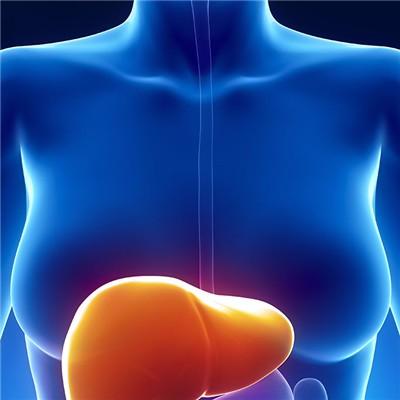Symptoms of lymphatic infection?
summary
There are about 600 ~ 700 lymph nodes in the human body. In clinical practice, only superficial lymph nodes can be examined. The superficial lymph nodes of healthy people are very small, less than 1 cm in diameter, soft in texture, smooth in surface, hard to touch, no tenderness and adhesion with adjacent tissues.
Symptoms of lymphatic infection?
Most of them have obvious infection foci, and often have localized lymphadenopathy, pain and tenderness. Generally, the diameter is not more than 2 ~ 3cm, which will shrink after anti-inflammatory treatment. The enlargement of inguinal lymph nodes, especially the long-standing flat lymph nodes, is of no significance. However, the enlargement of neck and supraclavicular lymph nodes without obvious cause indicates systemic lymphoproliferative disease, which should be paid attention to and further examined.

Fever, hyperhidrosis, fatigue, rapid ESR, more common in young adults. It is often accompanied by pulmonary tuberculosis. The texture of lymph nodes is uneven. Some parts are light (caseous change), some parts are hard (fibrosis or calcification), and they adhere to each other and the skin, so the mobility is poor. Tuberculin test and blood tuberculosis antibody were positive in these patients.

It can also be seen in any age group, and its lymph node enlargement is usually painless and progressive, ranging from soybean to jujube, with medium hardness. Generally, it does not adhere to the skin, does not fuse with each other in the early and middle stages, and can move. In the later stage, the lymph nodes can grow to a large size, and can also fuse into large pieces, with a diameter of more than 20 cm, which invade the skin and can not heal for a long time after ulceration. In addition, it can invade mediastinum, liver, spleen and other organs, including lung, digestive tract, bone, skin, breast, nervous system, etc. The diagnosis should be confirmed by biopsy. Clinically, malignant lymphoma is often misdiagnosed. 70% - 80% of the patients with superficial lymphadenopathy as the first manifestation are diagnosed as lymphadenitis or lymph node tuberculosis at the time of initial diagnosis, resulting in delayed treatment.

matters needing attention
It is a rare disease easily misdiagnosed. Lymphadenopathy of unknown origin is often manifested, mainly invading the chest, mediastinum, hilum and lung. Other sites of invasion were neck, retroperitoneum, pelvis, armpit and soft tissue. It is often misdiagnosed as thymoma, plasmacytoma and malignant lymphoma. It is very important for early diagnosis to understand the pathology and clinical manifestations of the disease.














